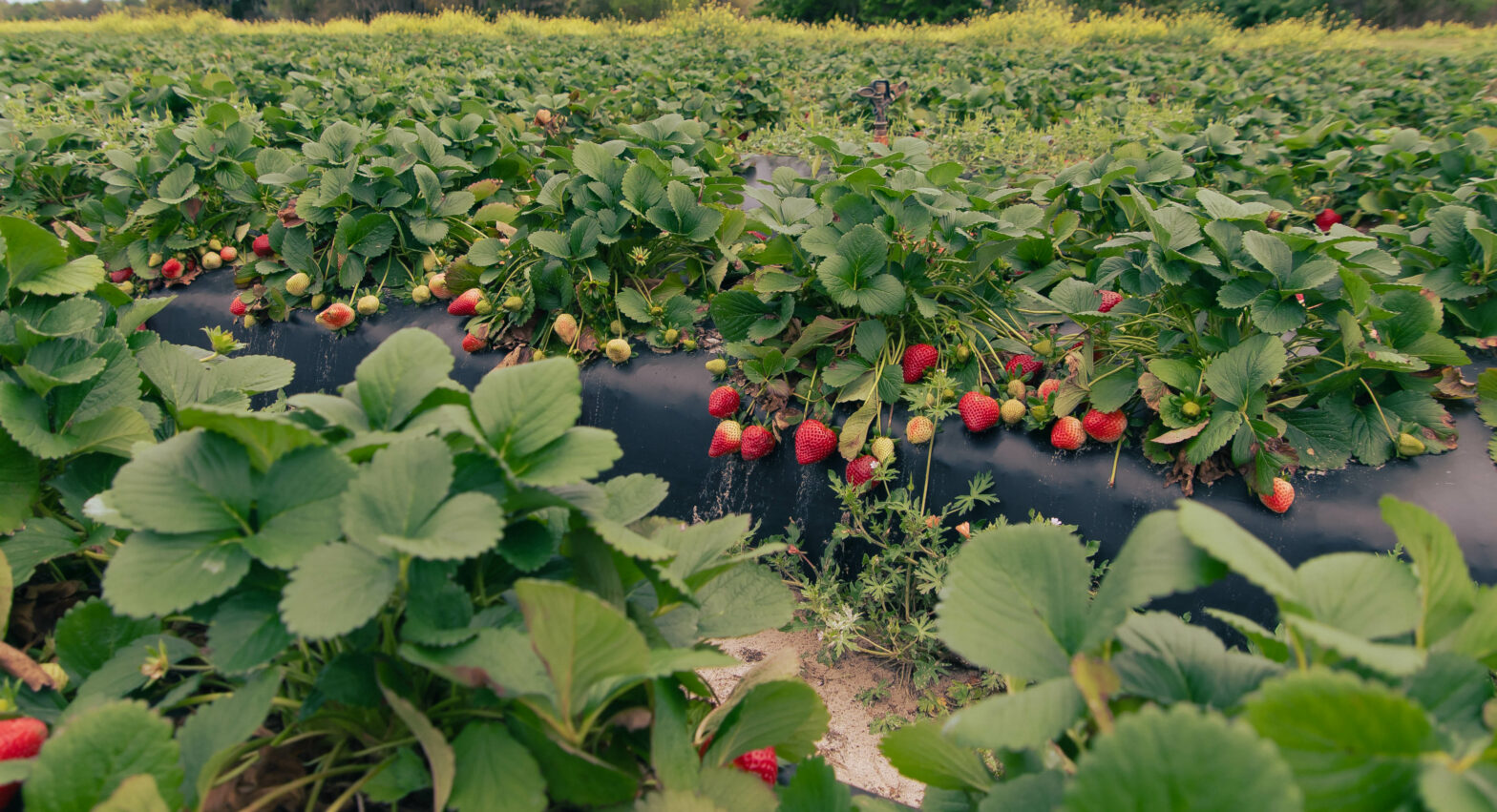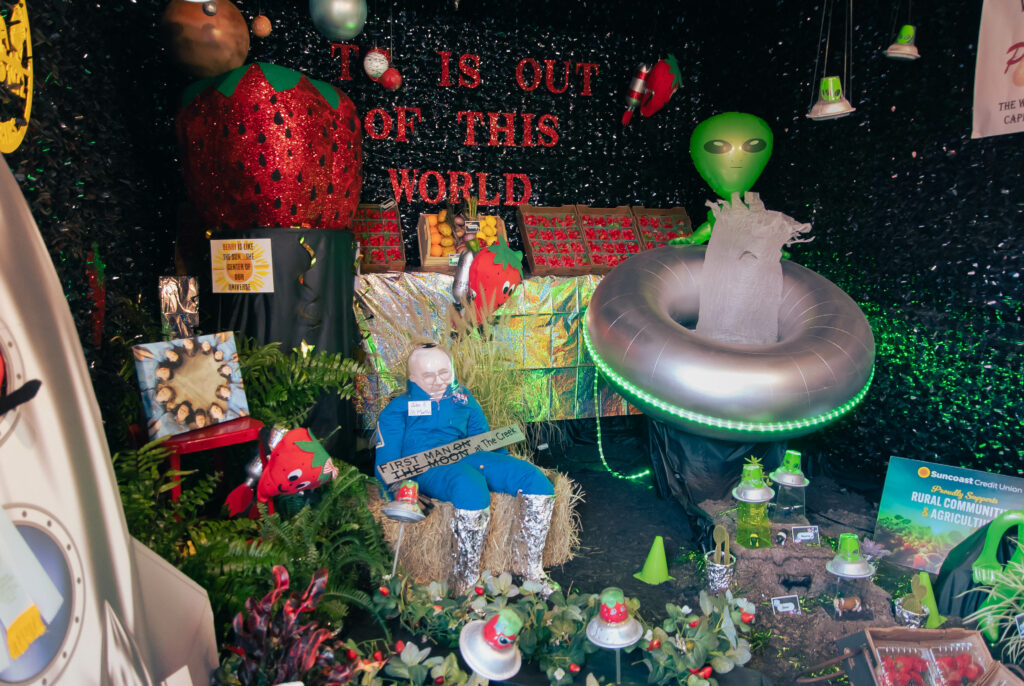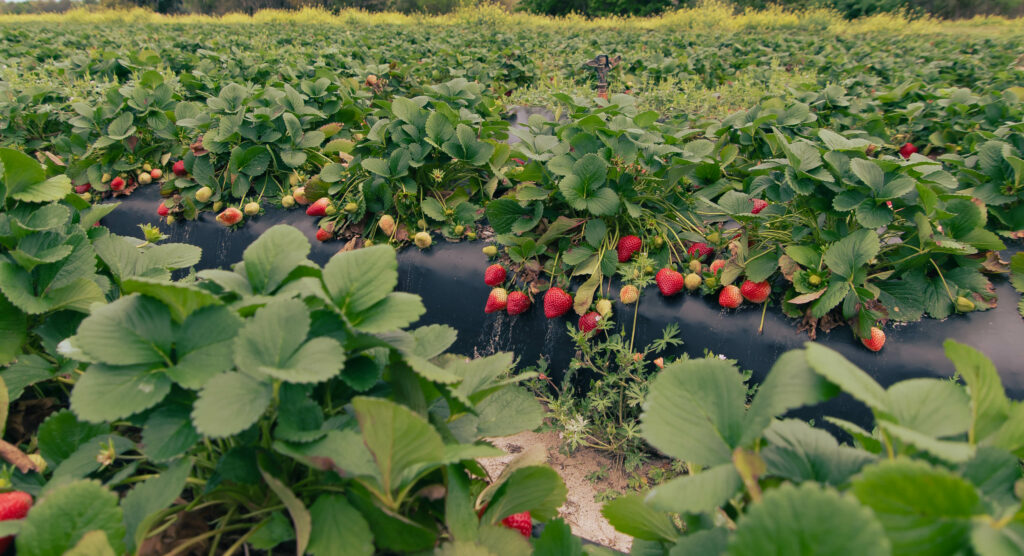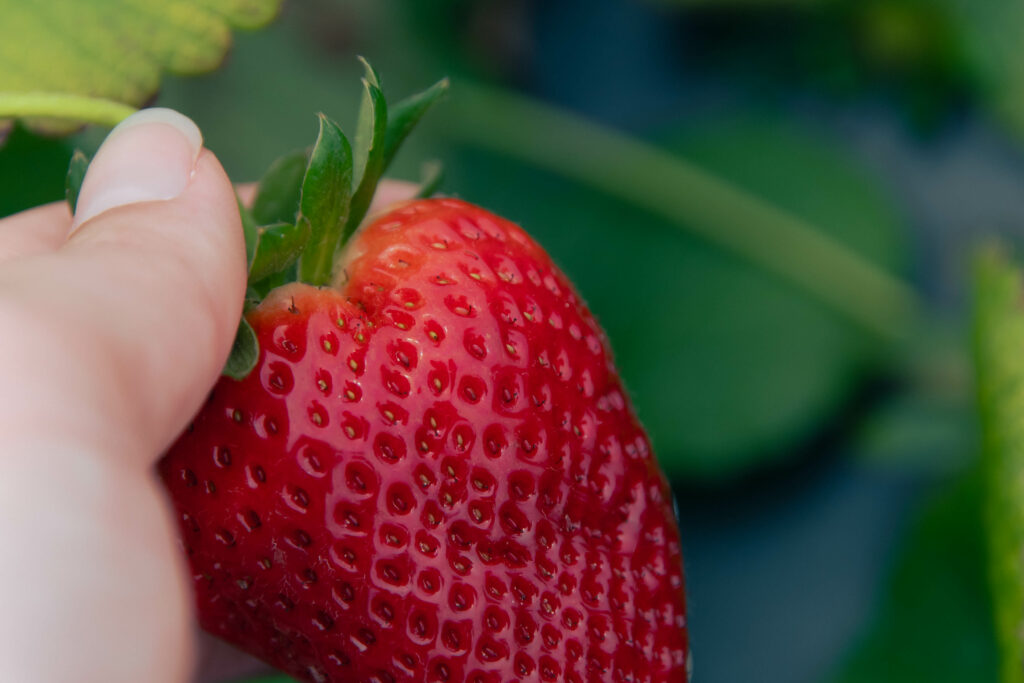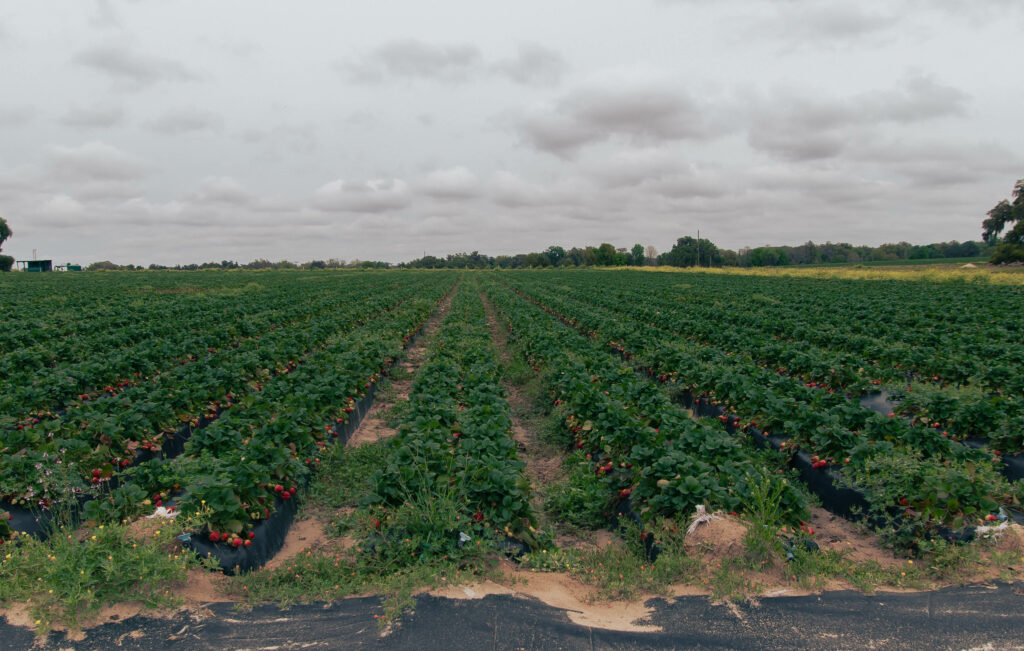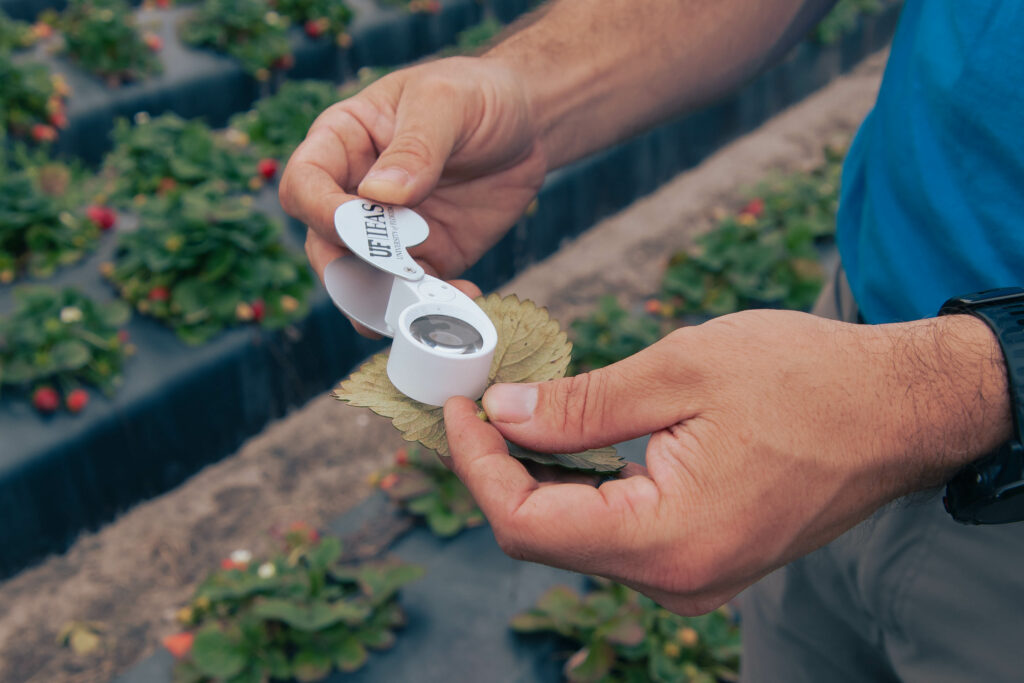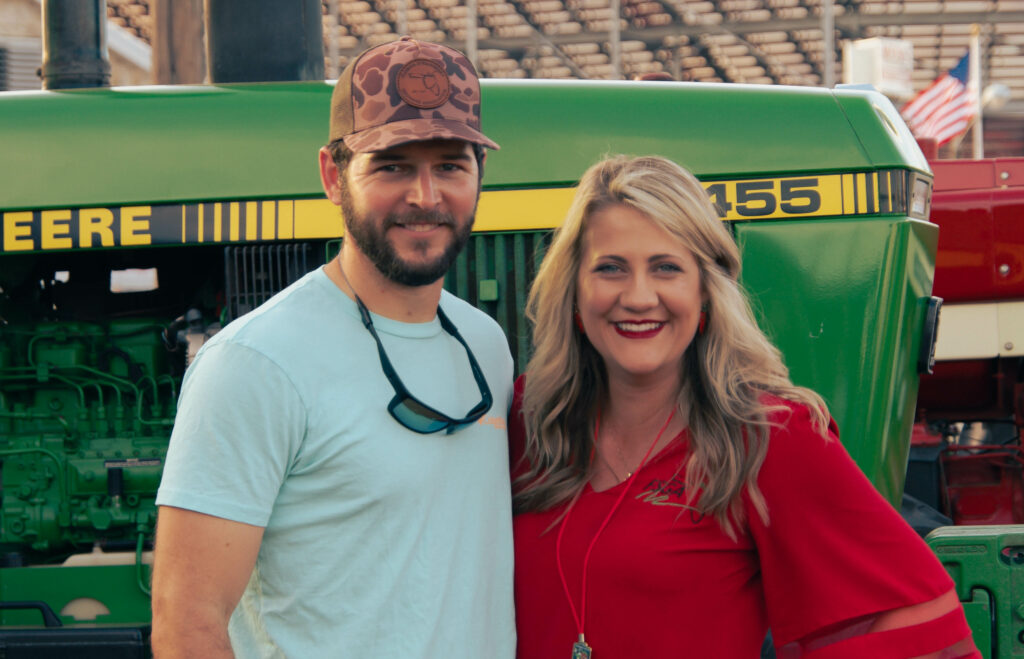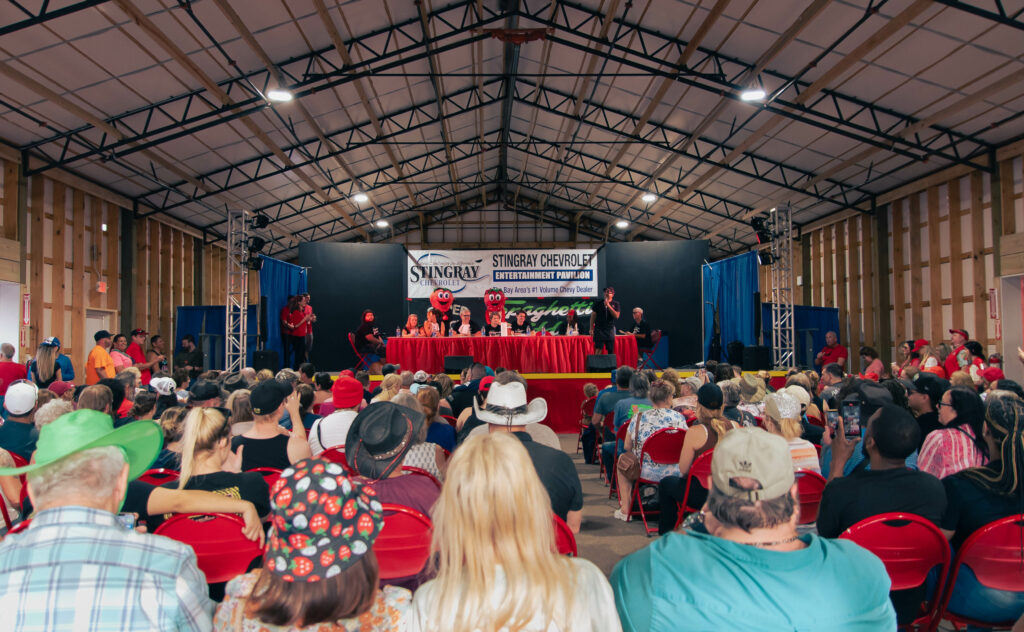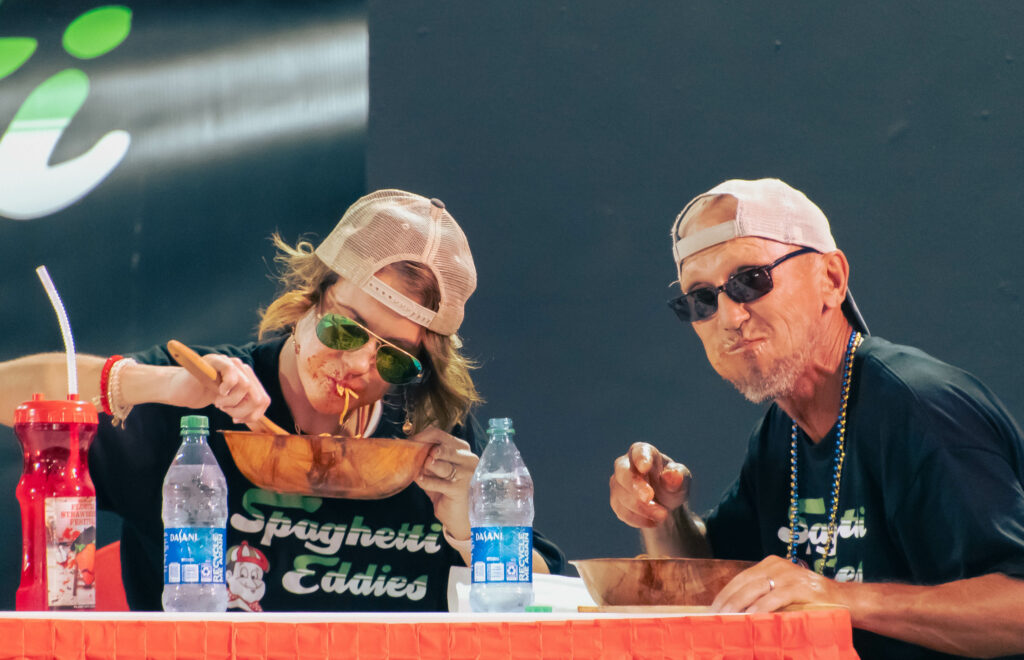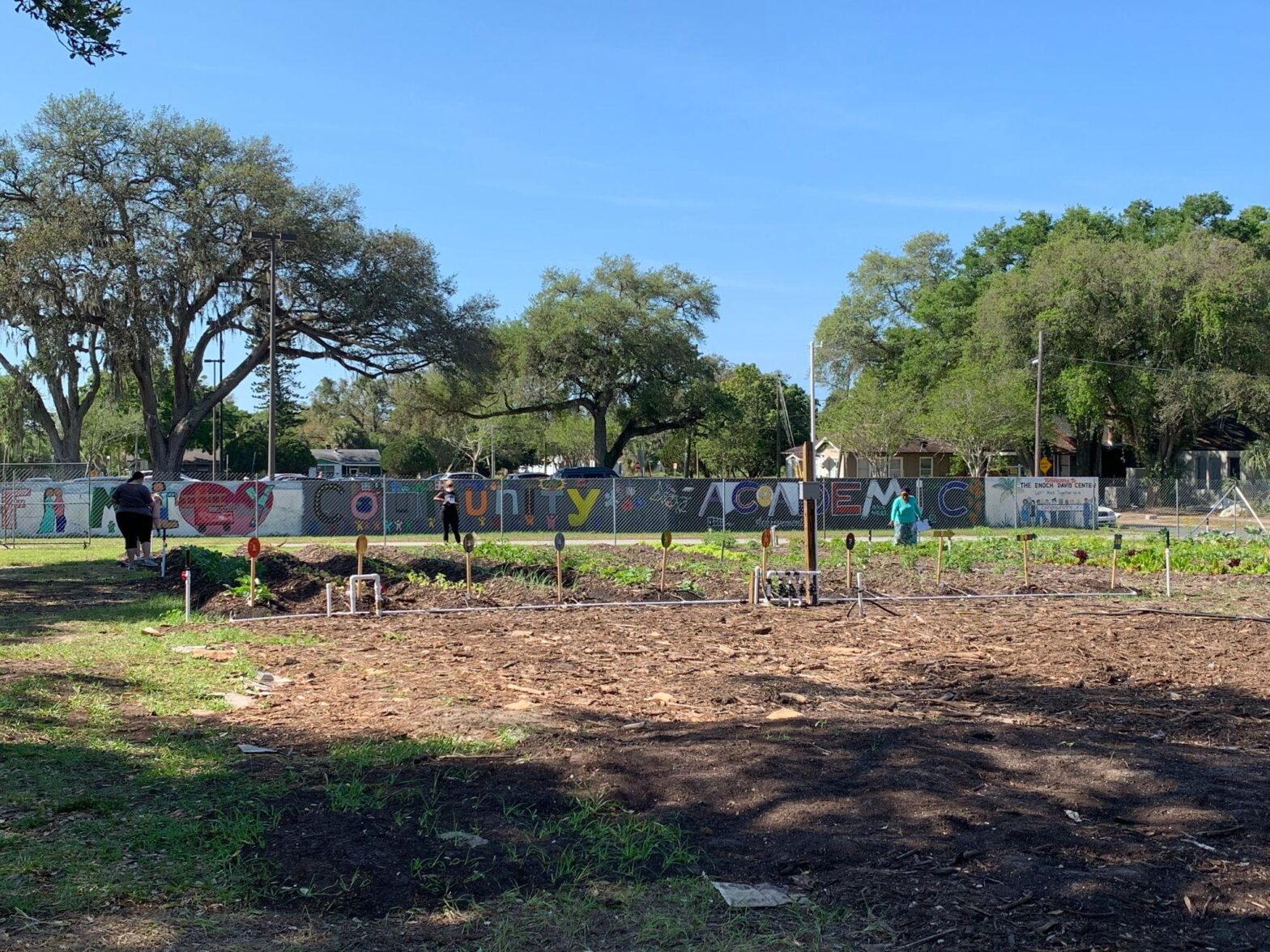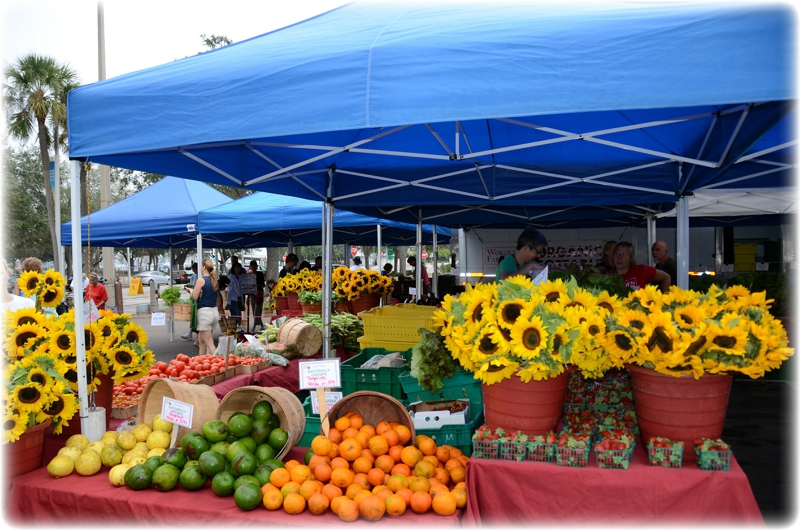The inseparable bond between food and entertainment.
By Brittney Rink Food Beat Reporter
Throughout history, humans have fostered the connection between food and entertainment. Far beyond the bounds of sports stadiums and concert venues, tailgating has become a classic American tradition that exemplifies the relationship between food and entertainment.
The History of Tailgating
Harvest festivals celebrated by the Ancient Romans shaped all the key elements of a modern-day tailgating event. These festivals included community, music, and lots of food and drink before the celebration began. While the Ancient Romans gathered for festivals, the first American tailgate marked history for a darker reason.
On July 21, 1861, Washington D.C. residents packed their picnic baskets into carriages as they set on for a seven-hour ride to Virginia. Following the sounds of warfare, many spectators gathered to watch the first major battle of the Civil War, the First Battle of Bull Run.
Miles away from the battlefield spectators watched through opera glasses while enjoying the food they brought for the day. Onlookers thought this battle would be an easy victory for the Union soldiers however the spectators were forced to leave as the Union forces scampered away in defeat.
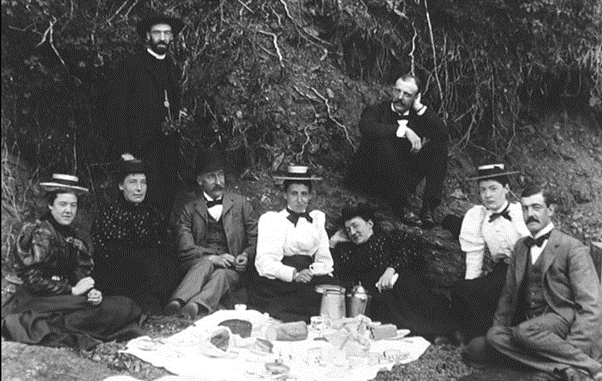
The First Battle of Bull Run would later be nicknamed the Picnic Battle. While spectators retreated, future Vice President Henry Wilson handed out left-over sandwiches to the Union soldiers.
“Food communicates beyond words, offering a means to express hospitality, affection, and social status. It bridges gaps between cultures, serving as a gesture of goodwill and understanding. The social significance of food extends into public health and policy, touching on issues of food security, nutrition, and sustainability,” said Dr. Davide Tanasi, an expert in the archeology of food.
Eight years later Americans ate in wagons as they watched the first football game, the Rutgers vs. Princeton. Later in the 1880s newspapers reported fans sipping champagne and other refreshments from their wagons parked on the sidelines while watching the annual Yale vs. Princeton Thanksgiving football game.
By the 1900s football, had become a favorite pastime of many, including those wealthy enough to afford the new motorized buggies. In 1906, automobile sales surpassed 100,000, and 32,000 fans traveled to New Haven to watch the Harvard vs. Yale football game. This included many fans coming early to indulge in the first pre-game tailgate.
As automobiles became common all across America, colleges started constructing stadiums to hold all of the traveling fans. College town restaurants struggled to accommodate the high number of fans, so “trunk picnics” became popular as people dined on blankets before the game.
In the 1950s portable grills and plastic coolers increased the tailgating experience. Some NFL teams promoted the parking lot parties as part of the game day experience. The San Francisco 49ers even gave fans booklets with written recipes by the players’ wives.
While tailgating has been ingrained in American culture for decades, many people throughout history have been known to honor the alliance between food and entertainment.
Food and Entertainment History
Every civilization throughout history has used food to bond, connect and socialize. Food and the entertainment industry have gone hand in hand for centuries, this is because food is social.
“Food transcends its basic role as sustenance, embodying a profound social essence that influences cultural identities, traditions, and human connections. It acts as a vibrant expression of cultural heritage, with diverse preparation methods and ingredients reflecting the unique traditions and values of different communities,” Tanasi said.
Tanasi references The Odyssey, Book Eight as an example of the earliest well-documented example of food consumption associated with athletic performance and entertainment. Dated in Ancient Greece, late 8th century BC, the book describes a lavish banquet of roast meat and wine during which athletes competed in events such as foot races, wrestling, leaping contests and boxing matches.
“Food is fundamentally social, deeply embedded in the fabric of human interaction and cultural expression, highlighting its importance not just for physical sustenance but as a pillar of social and cultural identity,” Tanasi said.
Food and Entertainment Today
“Food and the entertainment industry share a dynamic relationship, each influencing and enriching the other significantly. Food-centric content, such as cooking shows, food documentaries, and culinary competitions, has become a staple in entertainment, captivating audiences worldwide,” Tanasi said. “Social media has further reshaped this relationship, enabling the sharing of food experiences and culinary innovations with a global audience, thereby blurring the boundaries between food and entertainment even further.”
Media, specifically social media platforms, has vastly increased the reach of new food and entertainment opportunities. Whether it’s on the posting or receiving end, new food experiences are unlimited.
Amounting almost 30,000 followers, Jessica Stollenmaier runs the Tampa Food Girl Instagram account. Jessica’s mission with her page is to connect locals with Tampa’s “best food, drinks, and events through vibrant pictures and video.”
“Social media has completely changed my career path! I was working in education as a director of standardized testing at a tutoring company and as an adjunct history instructor at State College of Florida and Saint Leo University when I started my Instagram food blog. I wanted to share my love of food and my passion for the growing culinary scene in Tampa as a creative outlet.”
“As the page grew and I refined my skills in creating content, local hospitality businesses began asking for consulting and social management services. I loved those experiences and decided to officially launch my own business in 2021,” Stollenmaier said.
While speaking about the popular cooking challenge shows people watch as entertainment, Stollenmaier said the following.
“Food and drinks are sustenance, but they are also things around which people historically build community. Perhaps people are creating community around food they don’t actually eat as a way to fulfill that desire for connection to food and others.”
Eckerd College professor and previous Tampa Bay Times food writer, Janet Keeler has been entwined with food and its connection to entertainment for decades. Keeler expressed how social media has changed the industry of food writing.
“It has changed the industry because it’s opened more opportunities for people who want to write about food. Before the internet, writers needed someone to hire them but now they can start their own publications, blogs, websites, newsletters,” Keeler said.
Working in the newsroom for 15 years, Keeler shared her experience with food writing revolving around a calendar of events and entertainment. Mentioning stories about holidays related to food such as Thanksgiving and turkeys, and the Super Bowl and its connection to themed foods.
“I think I wrote 15 Super Bowl stories and wow, that’s hard to come up with ideas! Sometimes they are tied to the teams, crab cakes for New England Patriots, Cuban sandwiches for the Bucs, Coffee everything for the Seattle Seahawks, etcetera,” Keeler said.
Closing
“I will tell you though, I loved writing about food and really look at it like culture writing. It is a subject that intersects with culture, health, economics, entertainment, immigration, etcetera,” Keeler said.
Food and entertainment date back thousands of years, spanning across the world. A relationship that has been fostered and passed down for generations. Whether it’s tailgating or binging a food competition TV series, Tanasi summarizes this connection beautifully.
“Despite the evolution in how food and entertainment intersect, the core remains unchanged: both serve as a means to foster community, celebrate culture, and create shared moments,” he said.


